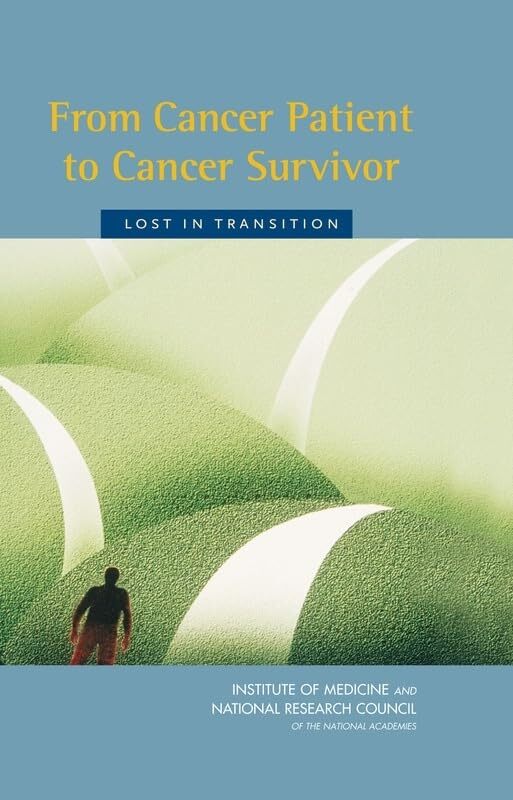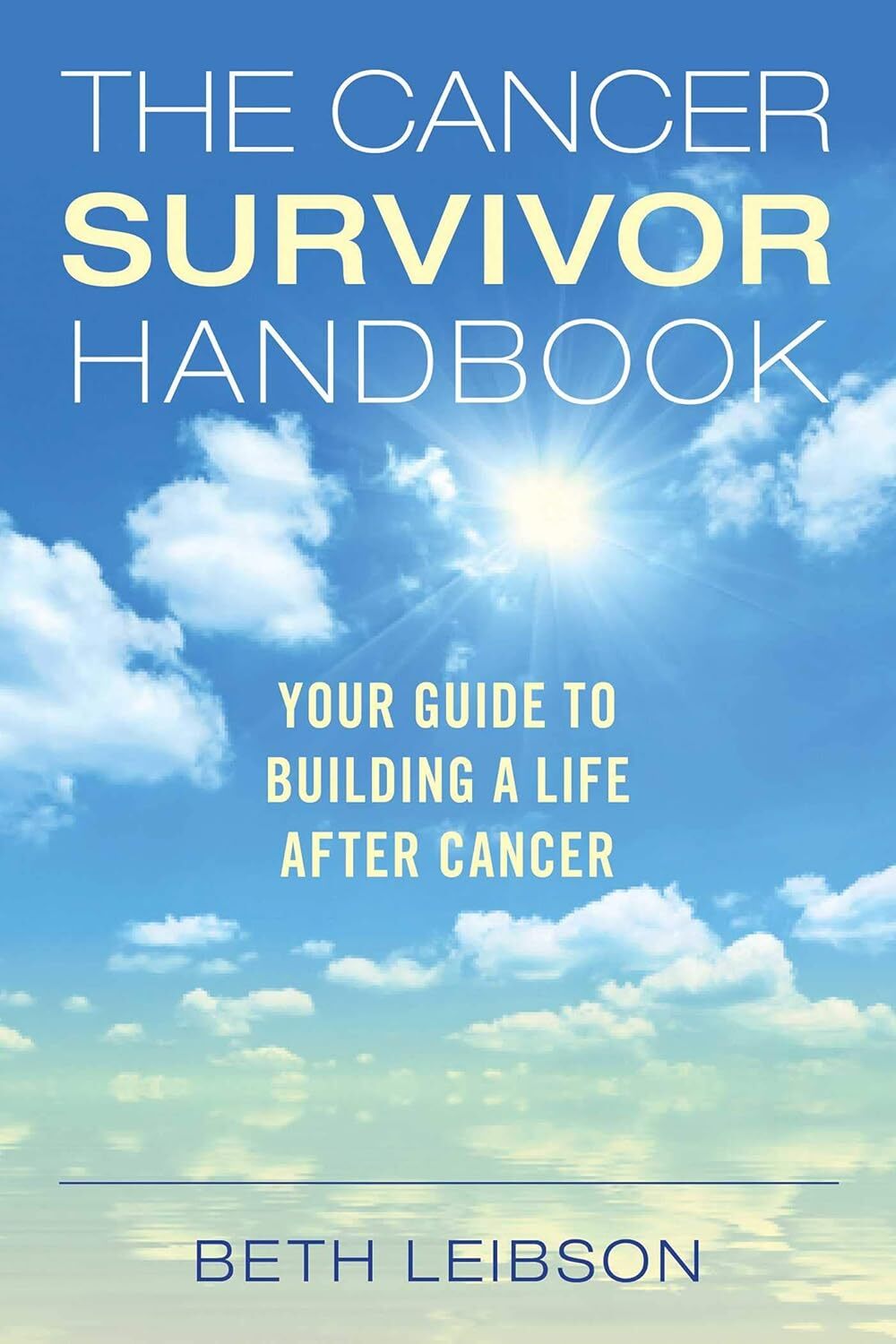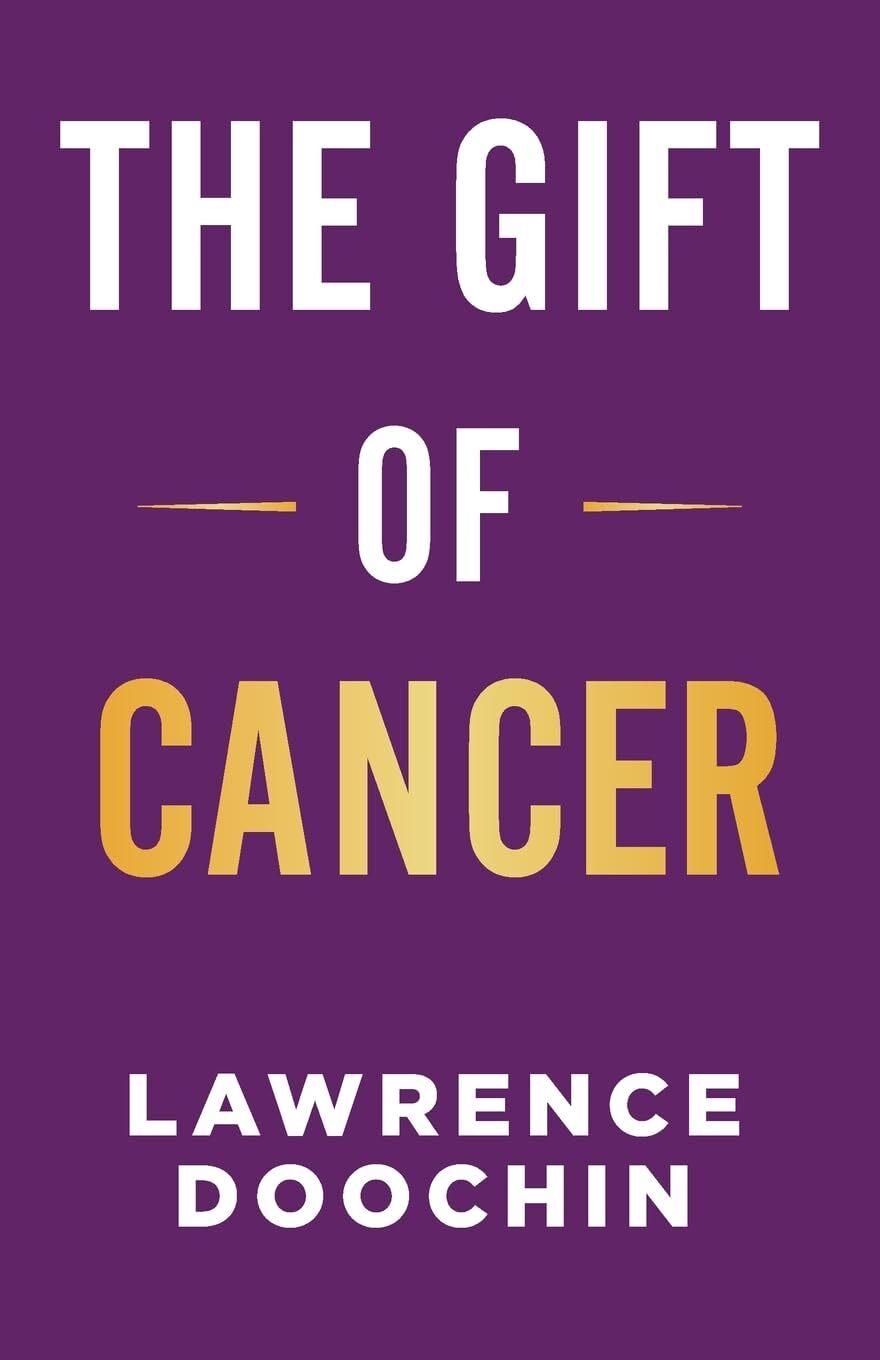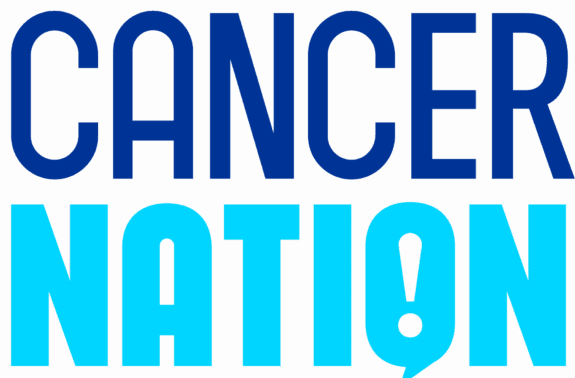Strategic Goals
Setting Long-Term Objectives to Empower Cancer Recovery

Introduction
Strategic Goals are long-term objectives that guide cancer survivors toward goals such as: sustained health, meaningful relationships, and fulfilling work. They foster resilience and well-being, helping navigate recovery challenges across all stages.
What You Need To Know
How To Do It
Instructions:
1. Reflect on Your Journey
Take time to assess your cancer experience, current state, and future aspirations. Journal about what matters most—health, family, career, or personal growth.
Helpful Tips:
- Be flexible: Recovery is nonlinear; adapt goals as needed.
- Seek input: Discuss with loved ones or professionals for perspective.
- Use visualization: Imagine success to reinforce commitment.
- Integrate self-care: Pair goals with rest and nutrition.
- Start broad: Focus on 3-5 goals to avoid overload.
- Track holistically: Use journals or apps for reflections.
- Combine with other tools: Link to SMART or daily goals for implementation.
- Build support networks: Join survivor communities for inspiration.
- Stay patient: Long-term change takes time.
Related Topics:
Strongly Related
Reduce Stress:
[Links to related web pages]
[Links to related web pages]
[Links to related web pages][Links to related web pages]
Moderately Related
Issue B:
[Links to related web pages]
[Links to related web pages]












